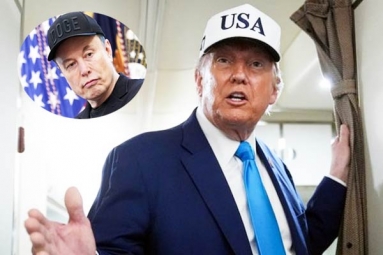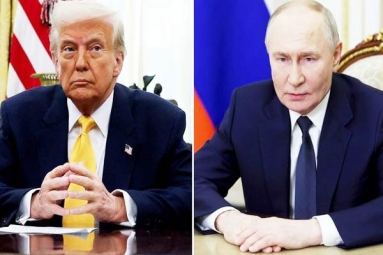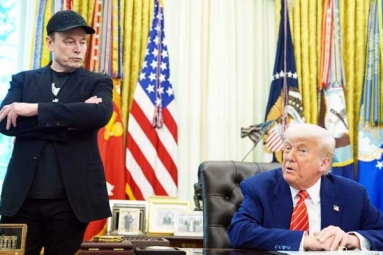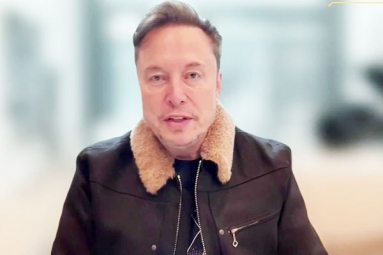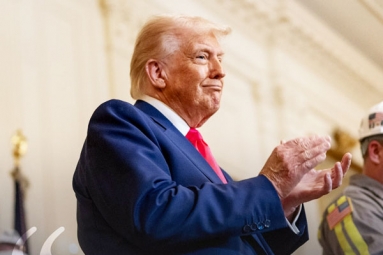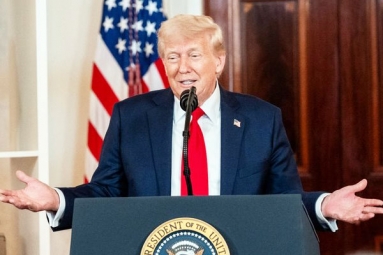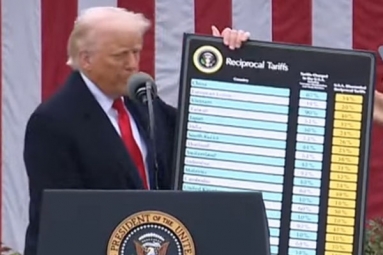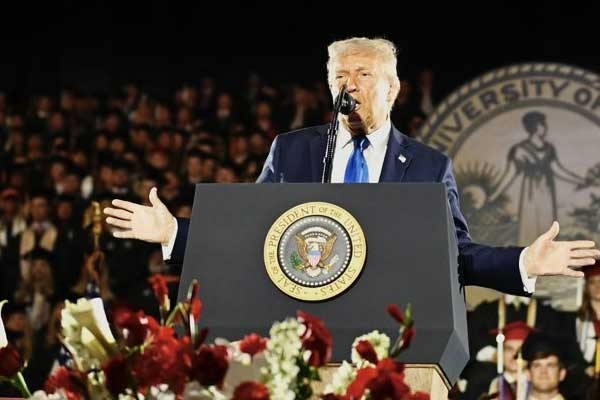
(Image source from: x.com/WhiteHouse)
In a significant intensification of his "America First" initiative, President Donald Trump has unveiled a proposal for imposing a 100% tariff on films produced outside the United States. This decision poses a serious threat to the burgeoning market for Indian cinema in North America. Currently, the U.S. ranks as one of the largest international markets for Indian films, especially popular Bollywood and Telugu movies, and this announcement has reverberated strongly throughout the global film community. On his social media platform, Truth Social, Trump characterized foreign films as a "threat" to national security, arguing that other nations are utilizing governmental support and incentives to lure filmmakers away from the U.S. He stated, "This is, among other things, messaging and propaganda!" and proclaimed, "We want American-made films, again!"
He has directed both the U.S. Department of Commerce and the U.S. Trade Representative to initiate formal steps to enact these tariffs. Although the announcement lacked specific logistical information, the consequences for international cinema—especially the Indian film sector—are colossal. The chaotic nature of this policy is underscored by the ambiguity surrounding its implementation. It remains unclear whether the tariff will be limited strictly to entirely foreign productions or if it will also affect American studios that shoot films overseas. Additionally, the parameters of how this policy will apply to various platforms—whether just for theatrical releases or also for streaming giants like Netflix and Amazon Prime Video—are yet to be defined.
Trump’s insistence that the policy will take "immediate effect" has caused alarm among distributors, particularly those who have already secured foreign films set for imminent release. Without a grace period, buyers face the risk of substantial financial losses from deals made prior to the tariff's announcement. Recently, Indian cinema—especially films from Bollywood and Telugu—has experienced exceptional success in the U.S., with titles such as Pathaan, RRR, Dunki, and Jawan breaking records and gaining popularity among both the Indian diaspora and non-Desi viewers. However, this upward trend could be abruptly interrupted.
Under Trump's proposed 100% tariff, if a U.S. distributor acquires the rights to an Indian film for $1 million, they would also have to pay an additional $1 million in tax, thus doubling their financial commitment. In an industry where profit margins are already slim, this represents not just a challenge but a considerable barrier. The situation is particularly dire for Telugu cinema, a regional sector that has successfully established a robust distribution network in North America. Many Telugu hits depend significantly on revenue from U.S. theaters, frequently premiering one day ahead of Indian releases to build anticipation and boost ticket sales. A sudden increase in expenses would render it financially unfeasible for many distributors to continue operating.
Negotiations for forthcoming releases have come to a standstill. Distributors are hesitant to engage in new ventures without clarity on whether the tariffs will be retroactive, and production companies in India are already feeling the pressure. Should the tariffs indeed apply to OTT platforms, as some anticipate, Indian filmmakers might discover that even digital distribution becomes unfeasible. Major streaming services like Netflix and Prime Video may reconsider their financial commitments to Indian content targeting the US audience, potentially diminishing the international success that Indian films have recently achieved. The repercussions could be significant: if the revenue from US markets diminishes, Indian producers might slash budgets, limit their global outreach, or shift away from innovative storytelling. Smaller production outfits and independent films—many dependent on overseas revenue—are likely to experience the brunt of these challenges first.
In just 2023, Indian films are reported to have amassed over $20 million at the US box office, with several releases appearing on more than 1,000 screens—an unprecedented feat for foreign-language films. The community-based model of screenings, encompassing regional film festivals and special fan premiere events, is now under severe threat. Upcoming titles, ranging from Kill to Salaar, are now engulfed in uncertainty regarding their release prospects in North America. Distributors who have already spent millions on these acquisitions are left in a precarious situation.
Donald Trump’s proposed tariff strategy poses not only a setback to the global arts landscape but also serves as an immediate risk to the financial foundation of Indian cinema’s expansion abroad. With uncertainties clouding all facets of the announcement—including timelines for enforcement and which platforms will be affected—distributors and filmmakers are confronted with the looming possibility of a system they have painstakingly built collapsing. The ascendance of Indian films in the United States may have encountered a formidable obstacle. It remains to be seen if the industry can adjust to these challenges or if it will resist them. For the time being, Bollywood and regional film sectors are subject to the whims of US trade policy, with potentially grave consequences on the horizon.











